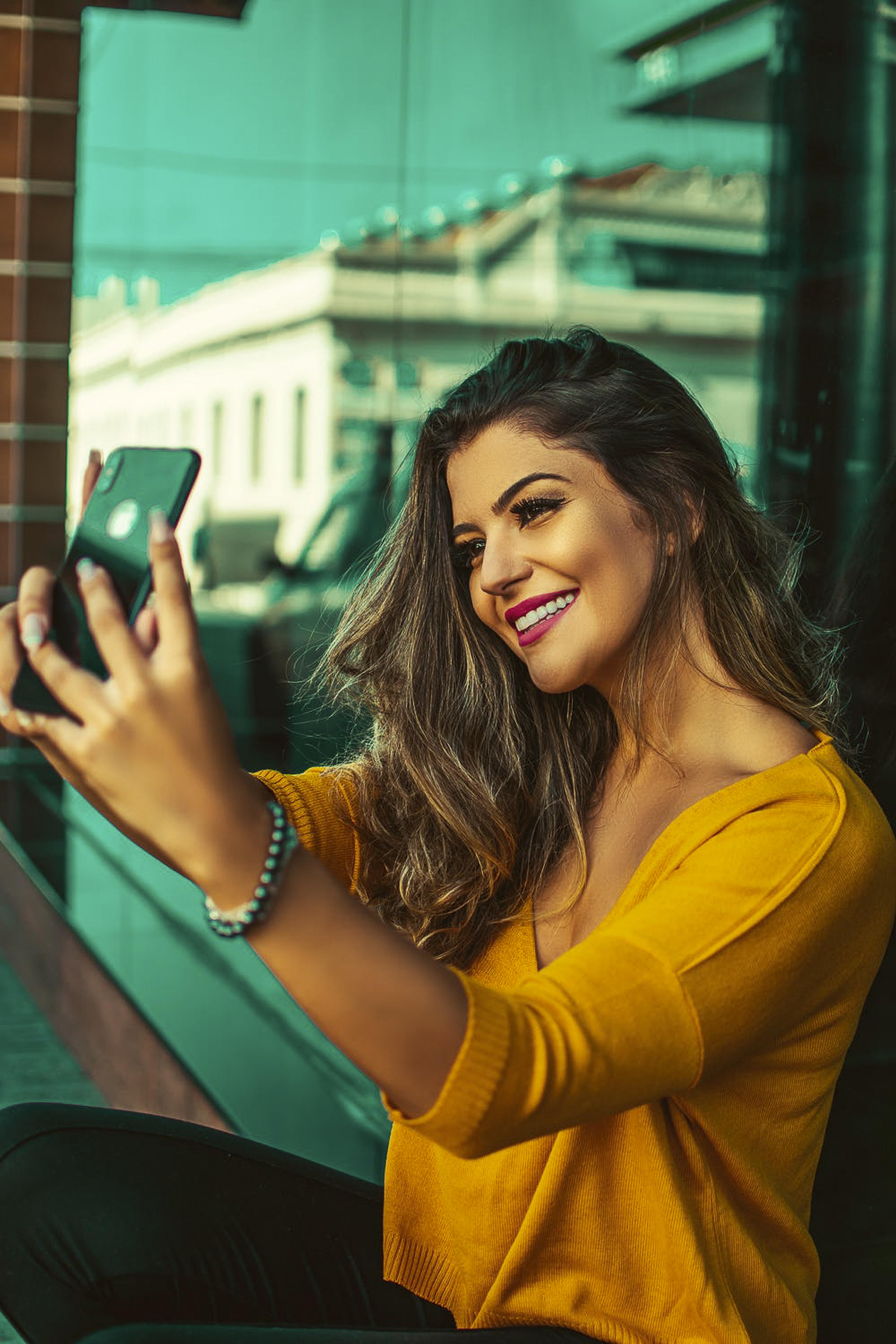Skin issues such as rosacea, sun damage, acne scarring and pigmentation affect so many of us, and can be frustrating. I know - I’ve been there. But there are so many non-invasive (phew) treatments now that promise fresher, smoother looking skin which reduce these issues, and one great example is photo-rejuvenation (AKA photofacial, fotofacial and IPL).
So, what is photorejuvenation? Sounds like an amazing app that will make your selfie look incredible, doesn’t it? And in essence, it does just that. But rather than enhancing your photo, it actually enhances your skin by making it appear smoother, creating an even skin tone and reducing common skin complaints - like a real-life filter.
How does photorejuvenation work?
Ok, sounds great so far, right? But how does this wonder treatment work?
Photofacials use IPL (Intense Pulsed Light) technology - a cosmetic technology often associated with hair removal. When used to treat skin pigmentation issues, light rays enter the skin, pigments within the cells absorb the light energy and heat up. This causes controlled damage to the cells, and the damaged cells are killed off.
The light energy from IPL also stimulates fibroblasts (the cells responsible for collagen production - providing scaffolding for the skin), smoothing and plumping the skin.
During your appointment, you’ll be given an eye mask or goggles to protect your eyes from the powerful rays. You may also be given numbing cream, depending on your pain threshold. Then, once you’re comfortable, the practitioner will begin the IPL treatment on your target area. This might be a specific area on the face, the entire face, décolletage, or the hands. They will select the appropriate wavelength for your skin type. For the best results, practitioners generally suggest around three sessions.
Photofacials work are a great way to reduce hyperpigmentation, rosacea and acne scarring. Because they boost collagen, they also make the skin look fresh, rejuvenated and youthful, and even help reduce the appearance of wrinkles and spider veins - ideal.
Is photorejuvenation painful?
IPL isn’t unbearable, but it can feel uncomfortable, and some people compare it to elastic bands pinging against the skin. Practitioners often blast cool air on the area being treated to soothe it though, which can be a welcome sensation.
The great thing is that it only lasts around 15-20 minutes for a full face, so not too bad all in all. There’s also no downtime with photofacials, meaning you can go straight back to work (if you want to, of course).
Photorejuvenation dos and don’ts
Let’s take a look at the things to avoid before a photofacial, as well as some essential photorejuvenation aftercare.
Do
Avoid ibuprofen and aspirin the week before your treatment.
Keep your skin cool
Keep the treated area clean and dry.
Use a good factor 30+ sunscreen.
Don’t
Use retinoids, tetracycline or minocycline in the days leading up to and following your treatment.
Following your treatment avoid heating the skin.
Have hot showers or baths
Use a sauna or hot tub.
Go out in the sun.
What about photorejuvenation side effects?
Once your IPL session is finished, you’ll likely have redness and perhaps a bit of bruising for a day or so. On the odd occasion, people who try photorejuvenation will also experience scabbing and blistering (yuck, I know - but it shouldn’t last long). If this does happen, resist that urge to pick or peel and get in touch with your practitioner.
Photorejuvenation is a great option for treating rosacea, fine lines and wrinkles, sun damage, large pores, pigmentation, age spots and more. It’s quick and means you could potentially have a session in your lunch break - and let’s face it, it’s a great alternative to using that filter every time you take a selfie.
Fancy getting your glow on with an aesthetic treatment? Find a medically qualified practitioner in your area on Glowday.

